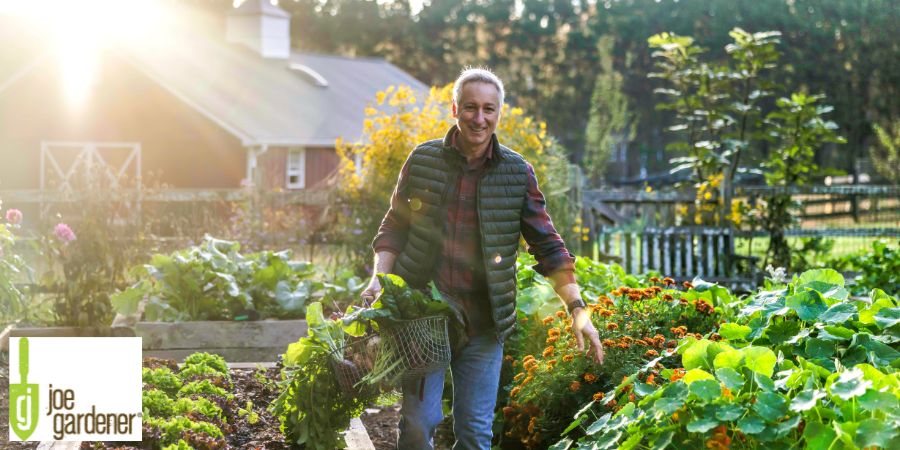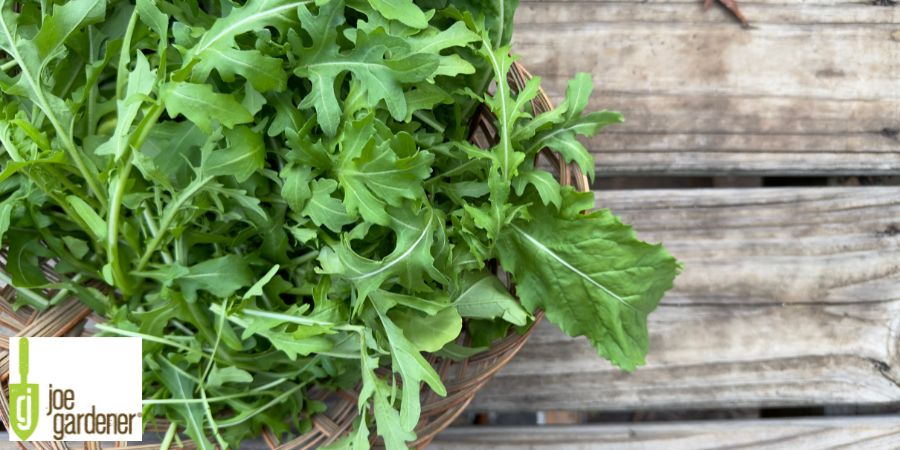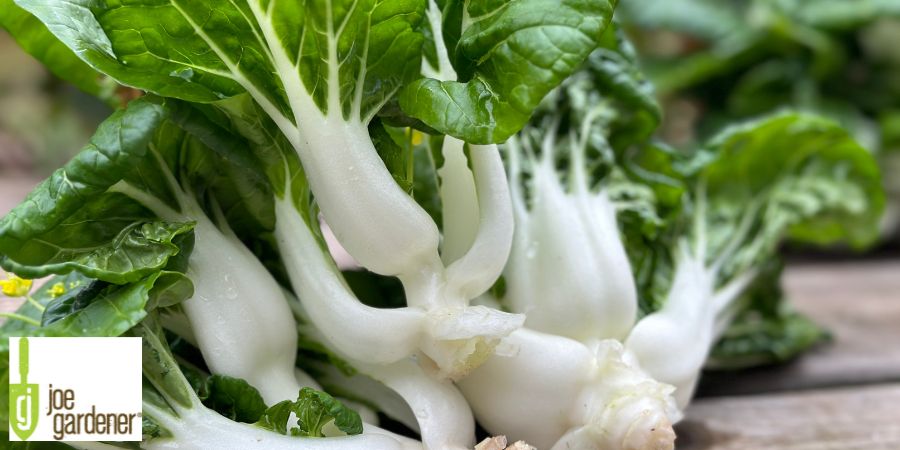Vegetables You Can Grow Without Full Sun
- Gardening Expert and Host of Growing a Greener World®April 20, 2024
Why is it that many of the most popular edibles we want to grow in our garden require more sun than many of us have access to? It can be frustrating when we learn this. And yet, how many of you, like me, try to defy the odds and grow what you want anyway, truly believing you are going to one-up Mother Nature and make it work?
Before I tell you that your efforts will not be in vain, the results will usually be less than ideal but not a total bust. Vegetable plants (and herbs, too) that perform best in full sun (generally eight or more hours per day), will still perform with fewer hours under the sun. But, the fewer of those hours per day, the less productive they will be. I’ll share a personal success story of this at the end if even a small win is worth your effort.

Sometimes, the work required to compensate for what the plant is not getting from greater exposure can be demotivating, especially when the harvest is disproportionate to the effort. If you still want to give it a try, I’m all for that. Every gardening effort includes learning opportunities, especially from the results that don’t meet your expectations.
So, if you prefer not to defy the odds or simply want to maximize your productivity based on the time you have to spend on your garden, embrace the shade and know that you still have options.
While it’s true that most edibles do best in full sun, some will still perform well with less. Generally, crops that are edible not for their fruit but for their leaves are your first choice. Other options include fast-growing crops. Conversely, the longer the growing period or the larger the fruit, the less likely you will have a bountiful harvest when growing without full sun.
What vegetables you can grow successfully in shady areas:
- Lettuce: Simply put, you will have a more delicious harvest with most lettuce varieties when grown in less than full sun. For fast to harvest options, choose any of the salad blend (non-heading) lettuce. And keep on harvesting from the outer edges to allow new growth from the center.
- Arugula: Fast-growing and undemanding, arugula can be harvested very early, giving it an extra advantage for a cut-and-come-again harvest.

Arugula
- Beets: In partial shade, beets tend to still produce a crop, but consider choosing a faster-maturing variety.
- Bok Choi (Chinese cabbage): Smaller varieties of this unique crunchy type of Chinese cabbage can mature in about 30 days, even with some shade. It’s crunchy and delicious, sautéed in a stir fry.
- Spinach: Like other leafy crops, spinach can be eaten once leaves reach only a modest size. Harvest from the outer edges for a crop you can keep coming back to.
- Radishes: Known as one of the fastest edible crops to grow, this trait makes them a good candidate for a garden bed that gets some shade. Focus on root growth by ensuring the soil has adequate phosphorus. More than likely, it already will.
- Kale: Once established, this is a plant that picks up momentum. Like other leafy crops, harvest can begin once leaves reach a reasonable size. Harvest from the bottom leaves, while the top will continue to produce.
- Swiss chard: Delicious and beautiful in the garden, chard will send up large, colorful leaves from the center of this upright plant. This is another cut-and-come-again crop that will continue to reward you with ongoing harvests when you cut or pick from the outer leaves.
- Mustard greens: Similar to Swiss Chard, the big leaves are packed with nutrients and flavor, even a spicy kick. This is another attractive plant that will fill out a garden bed and add an ornamental touch to your garden.
- Broccoli: Surprising to many, some shade relief to broccoli rewards the grower with tighter heads and a lower chance of premature flowering.
- Cauliflower: Similar to broccoli, tighter heads are the name of the game, and a bit less sun can provide tighter curds at harvest time.

Bok Choi
My story of wanting to defy the odds happened when I was building a small raised vegetable bed for my young daughters in our very shady suburban backyard. I built the bed in the least shady part of the yard. At best, it received about four hours of dappled sun per day. Even so, I planted tomatoes (one of the sun-lovingest vegetable plants of all).
The plants surprised even me. While growing very tall, stretching for whatever sunlight they could get, apparently, they got what they needed to produce a few decent-sized fruits. Yes, the plants were very thin and spindly, but actually, getting a harvest for my daughters to see and taste was worth every bit of effort to make that happen. The moral of the story is nothing ventured, nothing gained. Set your expectations a bit lower, and you might just be surprised by the outcome!
Where to Buy
Find Milorganite® at a store near you.
We recommend calling your local store to check for availability.

